- PRECIOUS GEMSTONE
-
GEMSTONES
- SEMI-PRECIOUS GEMSTONES
- BIRTH STONES
- RUDRAKSHA

What Is the Difference Between Garnet and Hessonite Gemstones?
INTRODUCTION:
Gemstones have a stunning beauty also for their alleged properties. Among the plethora of gemstones available, garnet and hessonite stand out for their unique allure and charm. While they may seem similar at first glance, a deeper examination reveals distinct differences that set them apart.
GARNET STONE:
Garnet, derived from the Latin word "granatum," meaning pomegranate seeds, aptly describes the gemstone's rich red color reminiscent of this fruit. However, garnets come in a spectrum of colors, including green, yellow, orange, and even black, owing to variations in their chemical composition. This versatility makes garnet a favorite among gemstone enthusiasts and jewelry designers alike.
Composition:
Garnets belong to a group of silicate minerals with similar crystal structures but varying chemical compositions. The most common types of garnet include almandine, pyrope, spessartine, grossular, and andradite. Each type exhibits distinct characteristics, such as color, hardness, and refractive index.
Properties:
One of the defining features of garnet is its remarkable hardness, ranging from 6.5 to 7.5 on the Mohs scale, making it suitable for various jewelry applications.
Metaphysical Significance:
Garnet has been revered for its supposed metaphysical properties. It is believed to inspire love, passion, and creativity while providing protection from negative energies. Some cultures also associate garnet with vitality, strength, and regeneration, making it a popular choice for talismans and amulets.
HESSONITE STONE:
Hessonite, also known as "cinnamon stone" or "cinnamon garnet," derives its name from the Greek word "hesson," meaning inferior. However, there's nothing inferior about this gemstone, renowned for its distinctive honey-yellow to reddish-brown hue and internal inclusions.
Composition:
Hessonite belongs to the grossular garnet group and is primarily composed of calcium aluminum silicate. Unlike other garnet varieties, hessonite owes its unique color to traces of iron and manganese, giving it a warm, earthy appearance reminiscent of spiced honey.
Properties:
In terms of hardness, hessonite ranks slightly lower on the Mohs scale, typically between 6.5 and 7.0, compared to other garnet types. Its characteristic internal inclusions, known as "horsetail inclusions," add to its allure and are often regarded as identifying features.
Metaphysical Significance:
Hessonite was believed to possess potent healing properties, particularly related to blood circulation, vitality, and spiritual awakening. It was also considered a talisman for travelers, providing protection on journeys and fostering a sense of groundedness and stability.
CONCLUSION:
While garnet and hessonite share a common lineage within the garnet family, each possesses its own distinctive characteristics that set it apart. From the fiery brilliance of garnet to the warm embrace of hessonite, these gemstones continue to captivate admirers with their beauty, symbolism, and enduring allure.
My Account
Contact Info
- Address: 28, 7th Street, Tatabad, Coimbatore, Tamil Nadu - 641012, India.
- Phone: +91 7264 999 000
- Email: eloragems@gmail.com
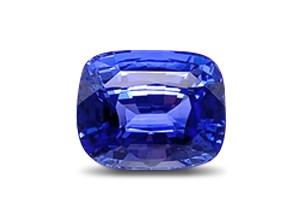 Blue Sapphire (Neelam)
Blue Sapphire (Neelam) 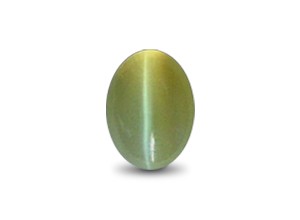 Cats Eye (Vaiduryam)
Cats Eye (Vaiduryam) 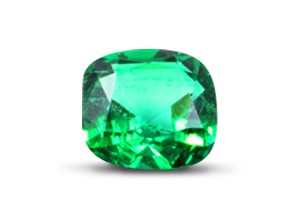 Emerald (Maragadham)
Emerald (Maragadham)  Hessonite (Gomed)
Hessonite (Gomed) 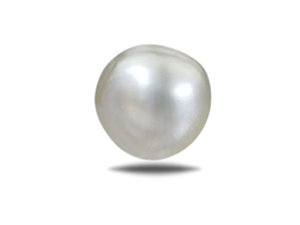 Pearl (Muthu)
Pearl (Muthu) 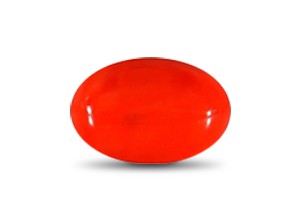 Red Coral (Pavalam)
Red Coral (Pavalam) 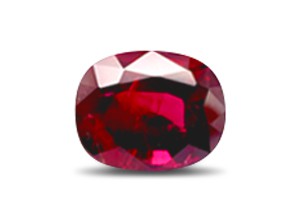 Ruby (Manik)
Ruby (Manik)  Yellow Sapphire (Pushparag)
Yellow Sapphire (Pushparag) 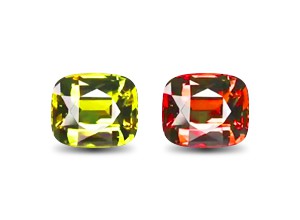 Alexandrite
Alexandrite 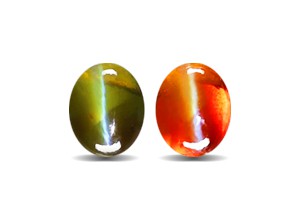 Alexandrite Cats Eye
Alexandrite Cats Eye 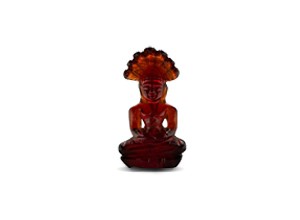 Carving Gem Stones
Carving Gem Stones 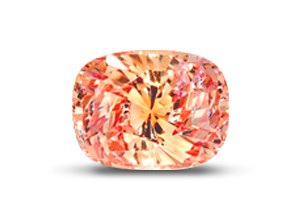 Padparadscha Sapphire
Padparadscha Sapphire 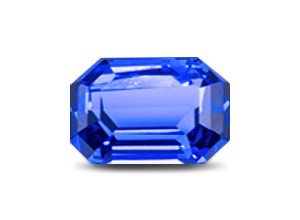 Tanzanite
Tanzanite 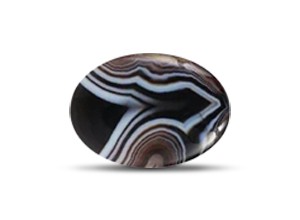 Agate
Agate  Amber
Amber 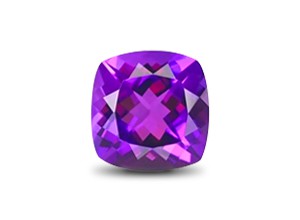 Amethyst
Amethyst 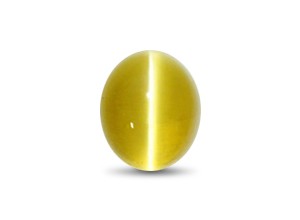 Apatite Cat's Eye
Apatite Cat's Eye 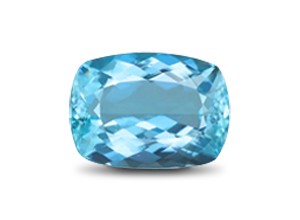 Aquamarine
Aquamarine 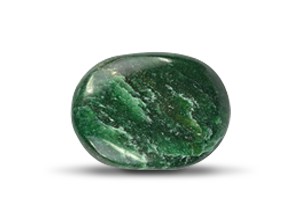 Aventurine
Aventurine 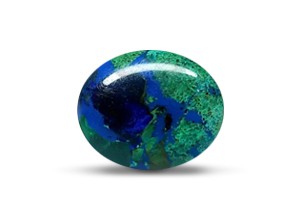 Azurite
Azurite 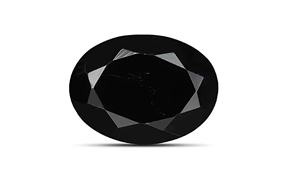 Black Tourmaline
Black Tourmaline 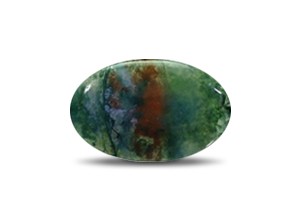 Bloodstone
Bloodstone 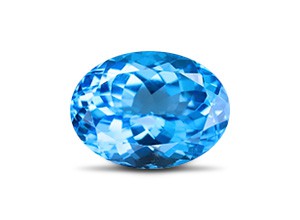 Blue Topaz
Blue Topaz  Calcite
Calcite 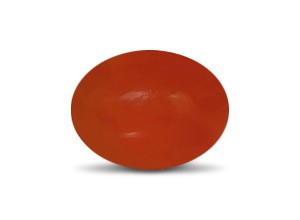 Carnelian
Carnelian 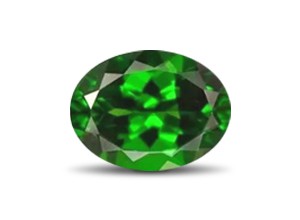 Green Sapphire
Green Sapphire 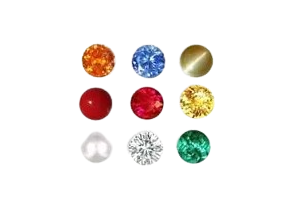 Navratna
Navratna 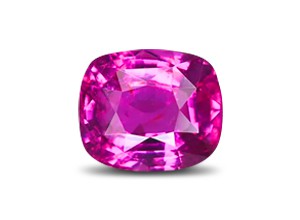 Pink Sapphire
Pink Sapphire 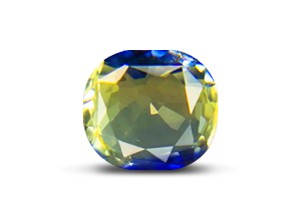 Pitambari Neelam
Pitambari Neelam 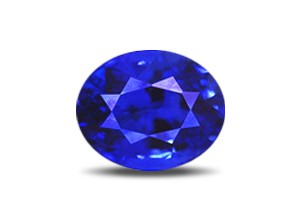 Sapphire
Sapphire 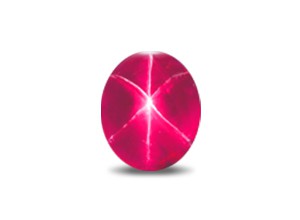 Star Ruby
Star Ruby 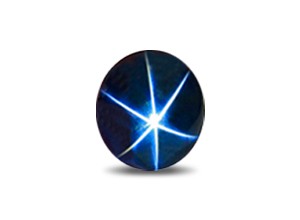 Star Sapphire
Star Sapphire  White Coral
White Coral 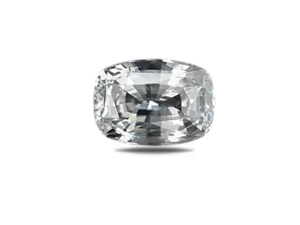 White Sapphire
White Sapphire 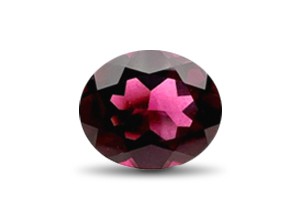 January Birthstone
January Birthstone 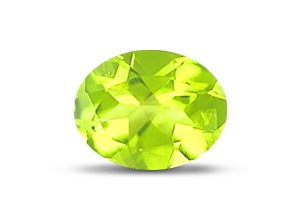 August Birthstone
August Birthstone 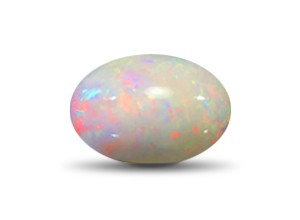 October Birthstone
October Birthstone 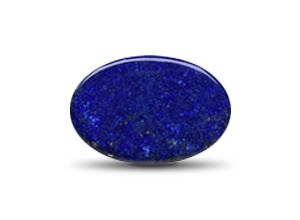 December Birthstone
December Birthstone 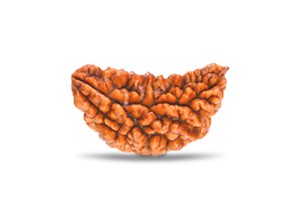 1 Mukhi Rudraksha
1 Mukhi Rudraksha 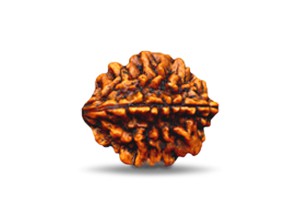 2 Mukhi Rudraksha
2 Mukhi Rudraksha  3 Mukhi Rudraksha
3 Mukhi Rudraksha 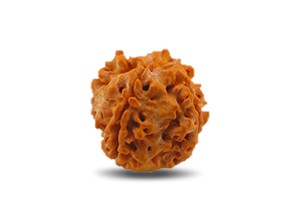 4 Mukhi Rudraksha
4 Mukhi Rudraksha  5 Mukhi Rudraksha
5 Mukhi Rudraksha 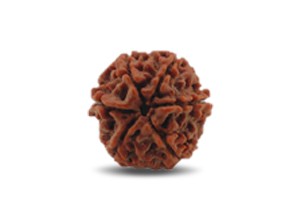 6 Mukhi Rudraksha
6 Mukhi Rudraksha 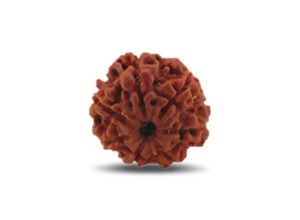 7 Mukhi Rudraksha
7 Mukhi Rudraksha 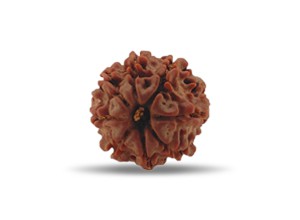 8 Mukhi Rudraksha
8 Mukhi Rudraksha 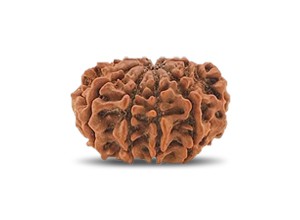 9 Mukhi Rudraksha
9 Mukhi Rudraksha 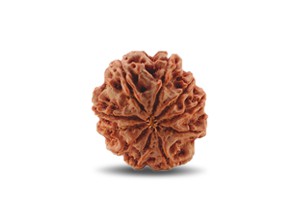 10 Mukhi Rudraksha
10 Mukhi Rudraksha 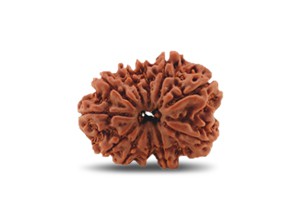 11 Mukhi Rudraksha
11 Mukhi Rudraksha 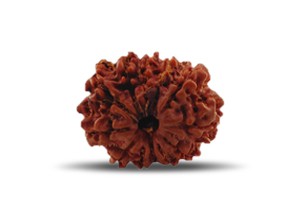 12 Mukhi Rudraksha
12 Mukhi Rudraksha 
